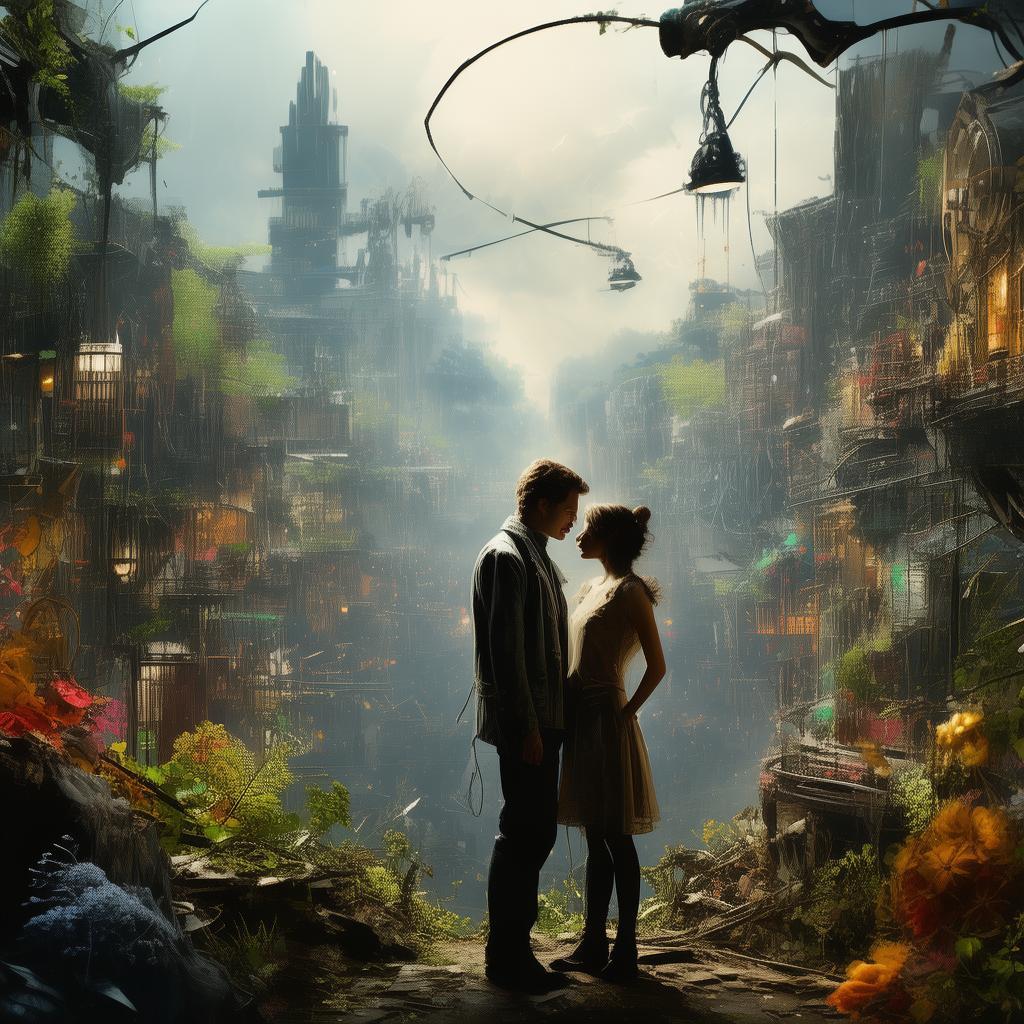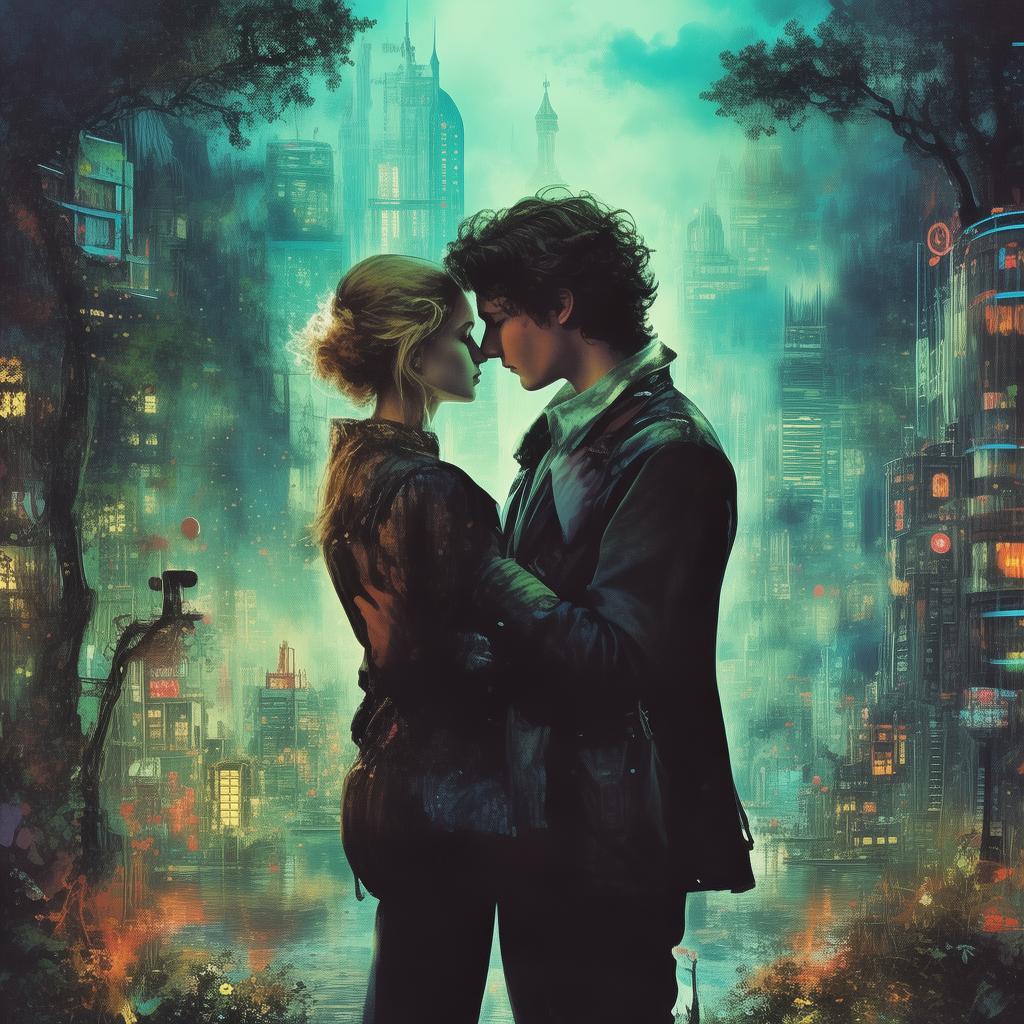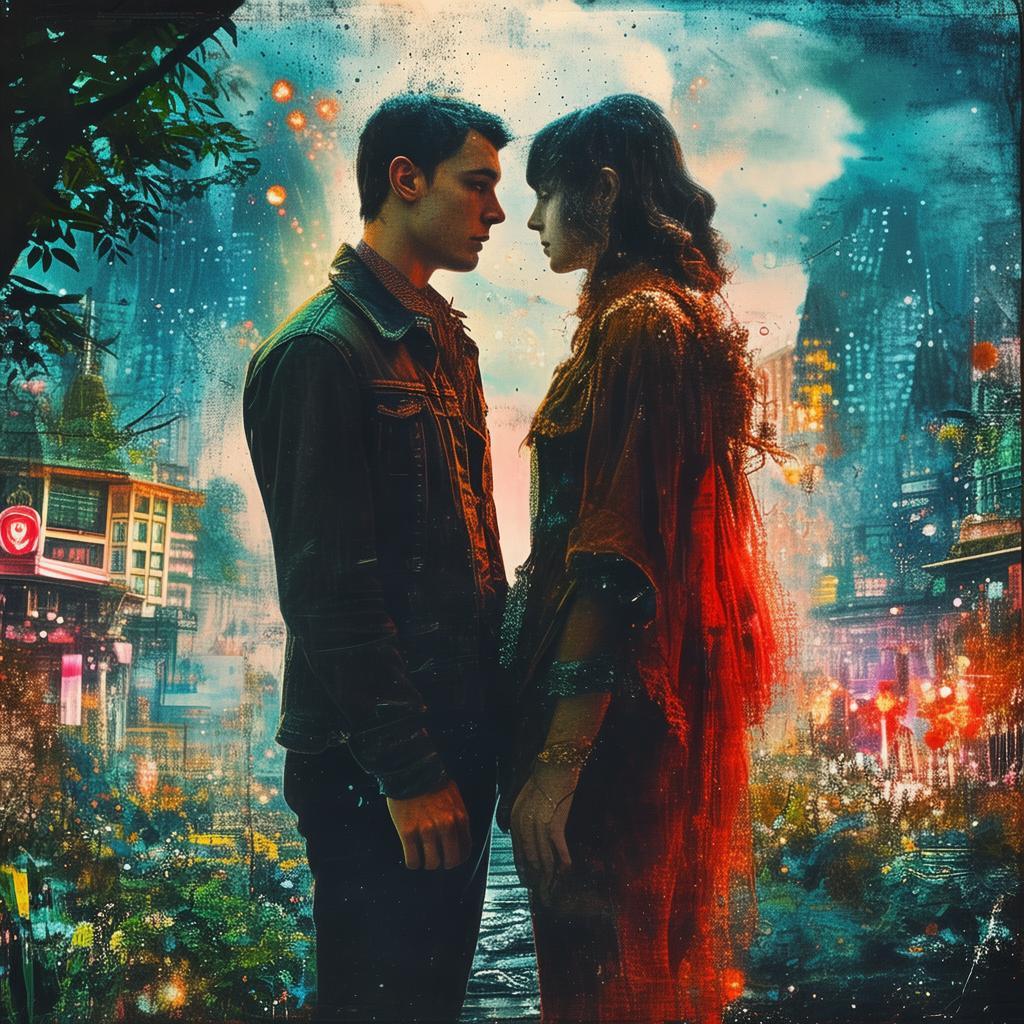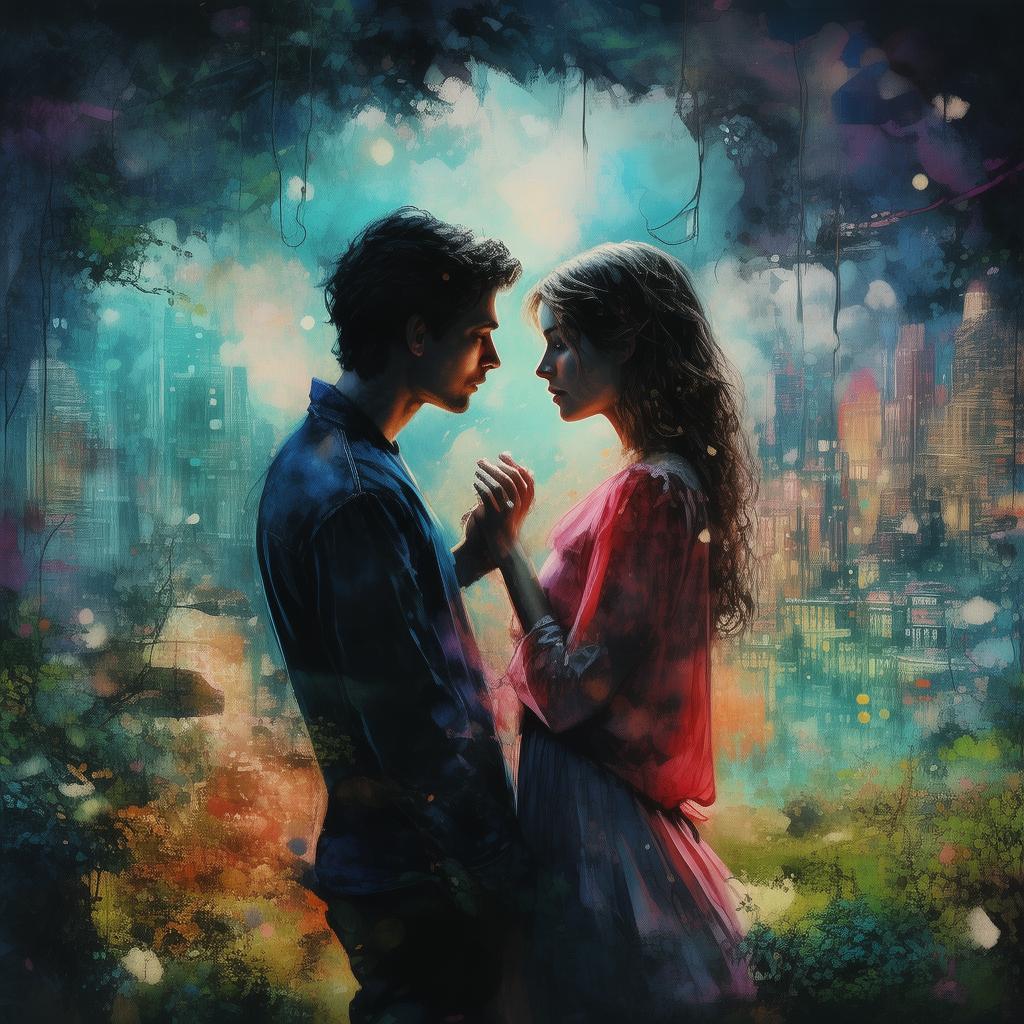The Whispering Portrait
In the heart of a rain-soaked English village, the old mansion stood as a beacon of mystery and solitude. It was the home of Eliza, a woman of scholarly pursuits and an insatiable curiosity. She was also the keeper of a secret that had whispered through generations, hidden within the walls of her ancestors' home.
One evening, as the storm raged outside, Eliza stumbled upon an old portrait in the attic—a portrait of a woman whose eyes seemed to hold secrets beyond the canvas. The portrait was said to be the creation of her great-grandmother, who had vanished without a trace under mysterious circumstances.
The portrait was enigmatic, with its subject's eyes looking directly at Eliza, as if seeking something from her. Intrigued and unnerved by its power, Eliza felt a strange connection to the woman, as if she had been waiting for this moment.
As the days passed, the portrait seemed to change, and Eliza's own life became entangled with the past. The eyes of the woman in the portrait seemed to move, and they seemed to speak to her. The woman's voice was not just in her head, but in the echo of the old house, in the whispering winds that seemed to carry her thoughts.
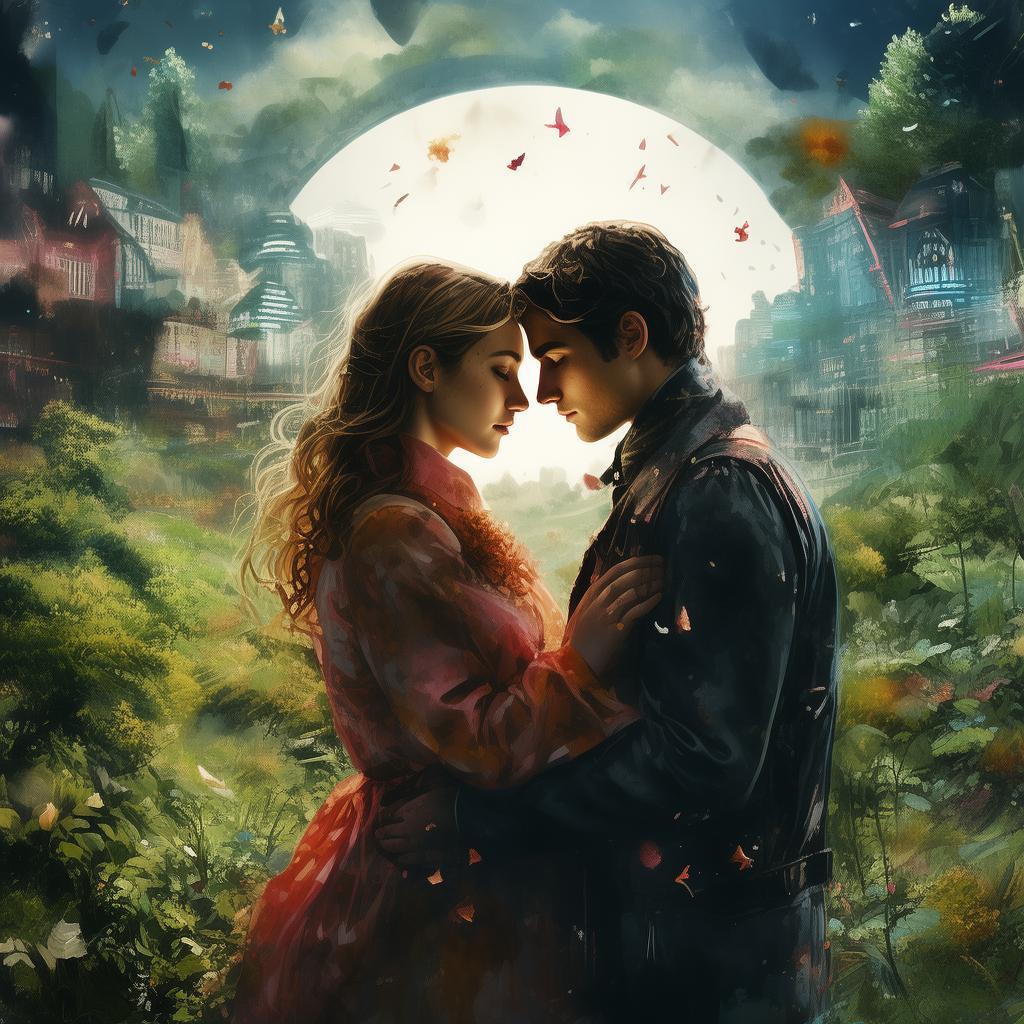
Eliza learned that the woman, known as Lady Penelope, had been in love with a man from her own lineage, but their love was forbidden due to the high stakes of the family's fortune. The portrait was a testament to their unrequited passion, and it was said that only one of them could live a full life.
Eliza's own love story unfolded alongside the one captured in the portrait. She found herself falling for a man who bore an uncanny resemblance to the man in the portrait, a man who seemed to have appeared out of nowhere. His name was James, and he shared with Eliza a strange connection to the portrait, one that seemed to tie them to the fate of Lady Penelope.
As Eliza delved deeper into the past, she uncovered a web of deceit, betrayal, and love that stretched back centuries. The lines between reality and illusion blurred, and Eliza began to question her own sanity. The portrait's eyes seemed to grow more intense, more demanding, and it was as if Lady Penelope was trying to reach through time to warn her.
The climax of the story arrived when Eliza discovered that she was the key to breaking the curse that had bound Lady Penelope and her forbidden lover. The portrait, it turned out, was a time machine of sorts, and it could transport the soul of Lady Penelope into the present.
In a moment of intense emotional turmoil, Eliza made a decision that would change her life and the lives of those she loved. She chose to sacrifice herself to save Lady Penelope's soul, allowing her to move on to the afterlife and freeing herself from the burden of her ancestors' legacy.
The final scene was one of bittersweet loss and redemption. As the portrait's eyes glowed with an ethereal light, Lady Penelope's spirit was released. Eliza, though physically unharmed, felt the weight of the centuries lifted from her shoulders. She looked upon the portrait one last time, its eyes now empty, its mission complete.
With the storm outside now a memory, Eliza walked away from the old mansion, her heart heavy but her spirit free. She knew that she had become a part of the timeless tale of love and loss that had been written on the canvas of the portrait, and that her story was now a part of the past that had come to life.
✨ Original Statement ✨
All articles published on this website (including but not limited to text, images, videos, and other content) are original or authorized for reposting and are protected by relevant laws. Without the explicit written permission of this website, no individual or organization may copy, modify, repost, or use the content for commercial purposes.
If you need to quote or cooperate, please contact this site for authorization. We reserve the right to pursue legal responsibility for any unauthorized use.
Hereby declared.

